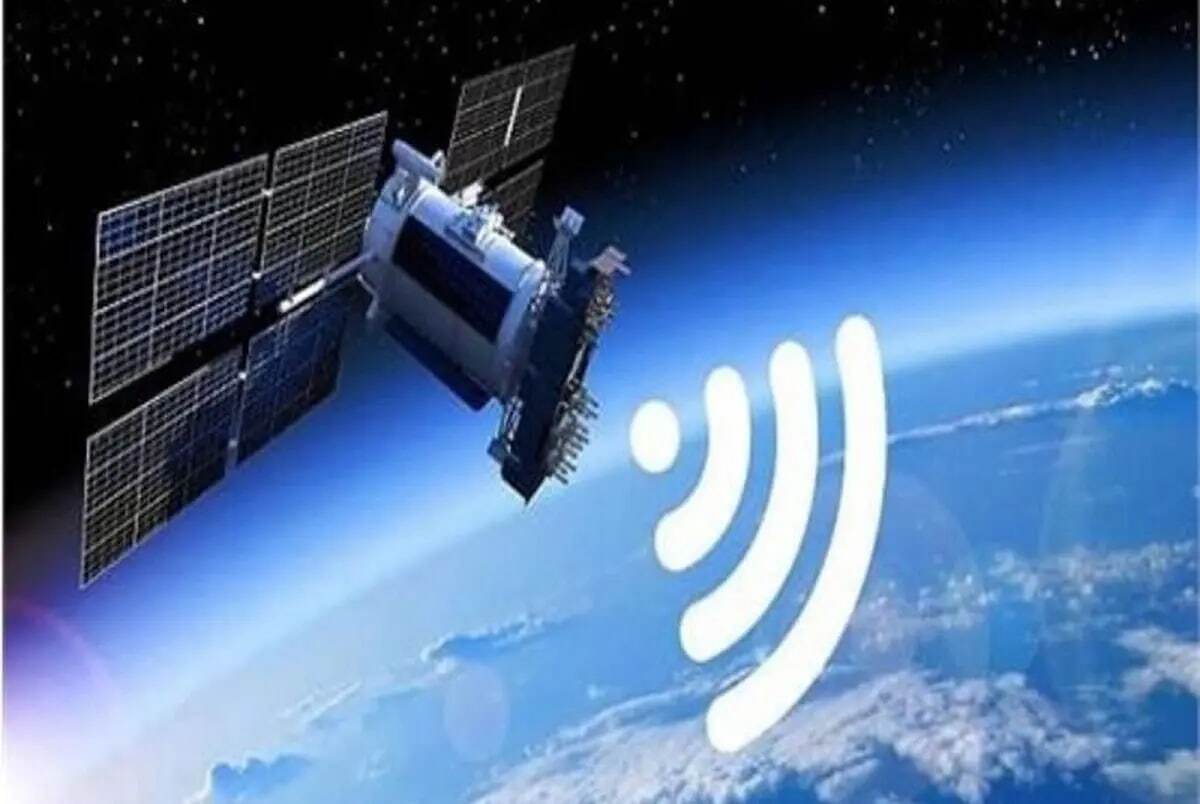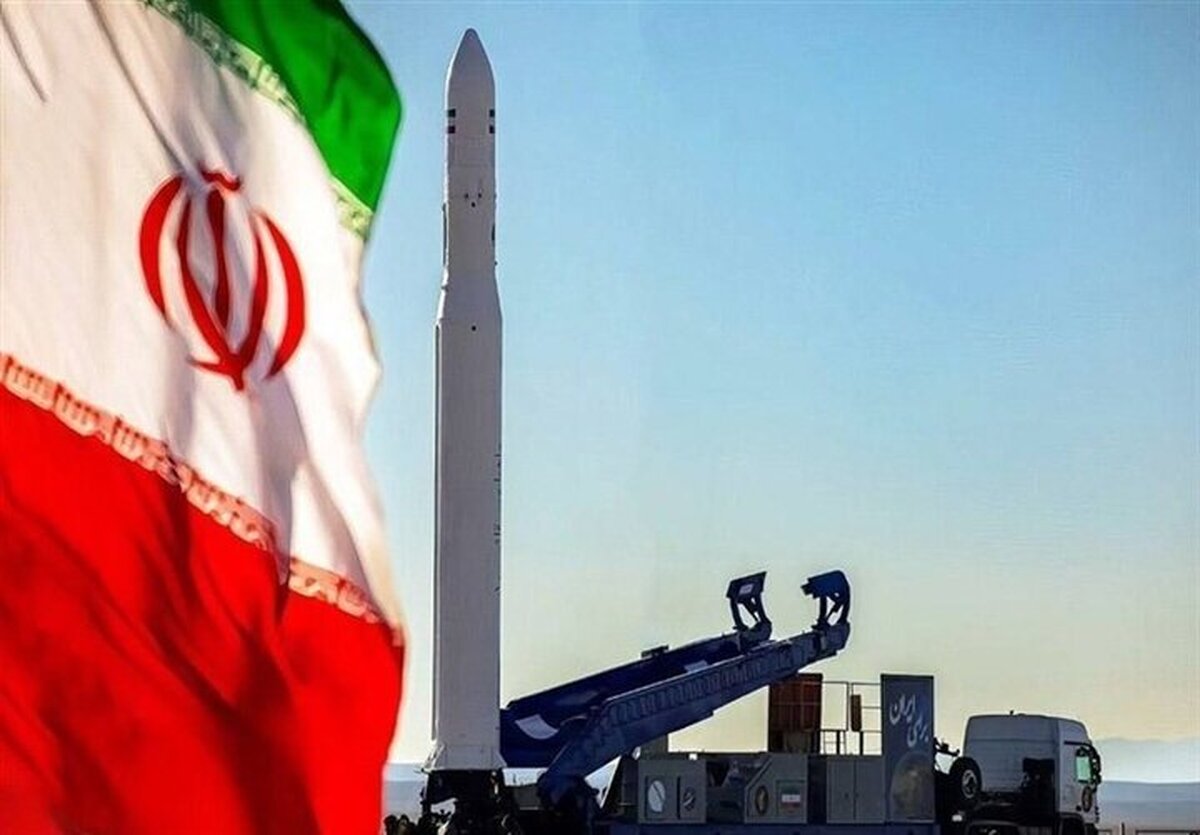
Iran Space Agency to Launch Three Satellites by March 2020
EghtesadOnline: Iran will put three satellites into orbit before the current Iranian year ends in March 2020, Iranian Space Agency’s chief said.
In an interview published on ICT Ministry’s website, Morteza Barari added that work on three satellites Nahid1, Zafar and Pars1 has been accelerated and they will be launched before the current Iranian year ends.
According to Barari, Iran’s first communication satellite Nahid1 is ready for launch and will soon be put into orbit.
“Nahid1 will fly 250 kilometers above the Earth and remain in orbit for 2.5 months. We will test new technologies during the mission, namely a deployable/retractable solar panel system for satellites, an inter-satellite communication system and a three-axis control system for satellites,” Financial Tribune quoted him as saying.
Barari noted that the deployable/retractable solar panel system will enable scientists to develop communication satellites that can remain in orbit for longer periods.
“Making satellites that can offer images with 1-meter resolution tops the ISA agenda. Such satellites will be produced locally by 2025,” he said.
According to the ISA chief, Zafar and Pars1 are remote sensing satellites that will offer images of 22.5- and 15-meter resolutions respectively.
Previous Efforts
Iran had successfully launched the remote sensing satellite Navid in 2012. The experimental Earth observation satellite was developed by Iran University of Science and Technology researchers.
The satellite, which took high-resolution images of Earth, could be used for observing natural phenomena.
It was placed into orbit by Iran-made Safir carrier rocket on Feb. 3, 2012. After flying 250 kilometers above the Earth for almost two months, Navid reentered the atmosphere on April 1, 2012.
Barari says, “Last year, we tried to put the satellite Payam into orbit, 500 kilometers above the Earth’s surface. However, due to some complications, including a sharp surge in temperature [during the launch], the mission did not succeed.”
He also noted that another satellite, Dousti, was launched in the last Iranian year (ended March 20, 2019) without success. However, he believes that every step Iran takes toward developing space technologies will provide local scientists with invaluable knowledge.
“After last year’s two launches, a committee was set up to determine the shortcoming of those projects. All those problems have been resolved,” he said.
Dousti (friendship in Persian) was a locally-made micro-class 52-kg satellite that was put into orbit at an altitude of 250-310 km. It reportedly had a spatial resolution of 10 meters.
Payam (message in Persian), a micro-class 100-kg non-military satellite, was to orbit about 500-600 km above the Earth's surface and undertake imagery and telecom tasks.
Commercializing Space Sciences
Commercializing space sciences and technologies have been high on President Hassan Rouhani’s agenda. To achieve this goal, private sector potentials are to be tapped.
According to the ISA chief, the administration has focused on expanding Iran’s technological infrastructure in the field of space sciences along with promoting related applications to boost Iran’s status in the global scientific community.
Barari believes that the Iranian private sector should be engaged at every level of the country’s space program, from developing satellites to their launch for applying satellite-harvested data in economic fields.
ISA has invited the private sector to participate in a wide range of space activities.
The space agency has also adopted an open-data approach, based on which startups and tech firms are provided with access to information collected by satellites over the past four decades.



